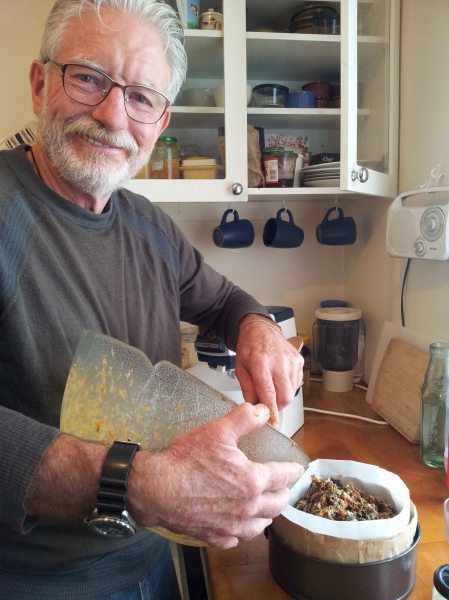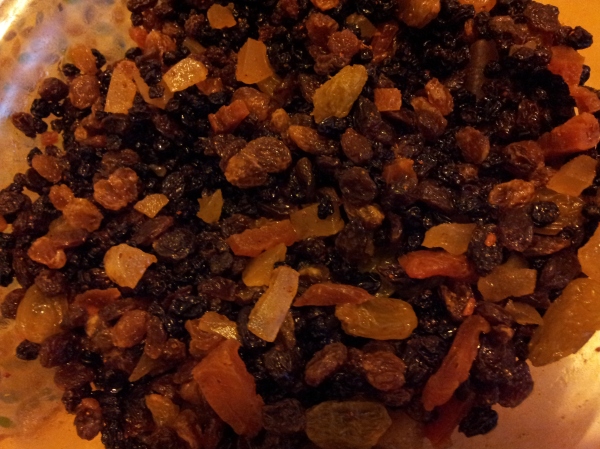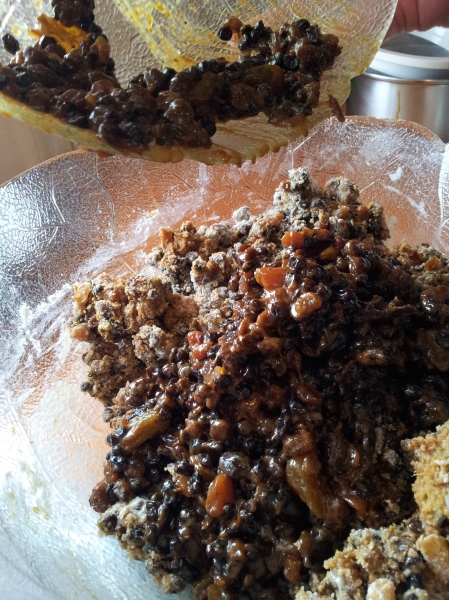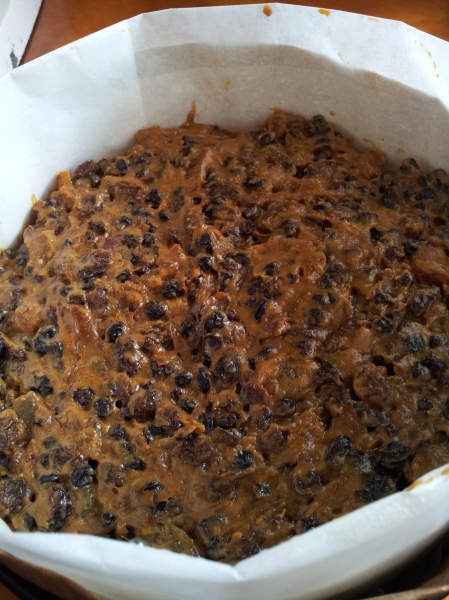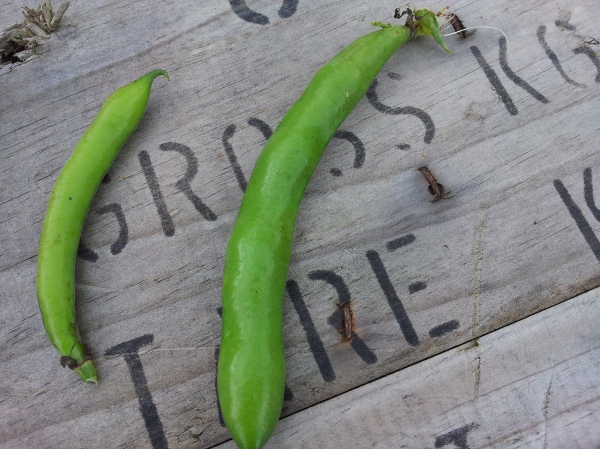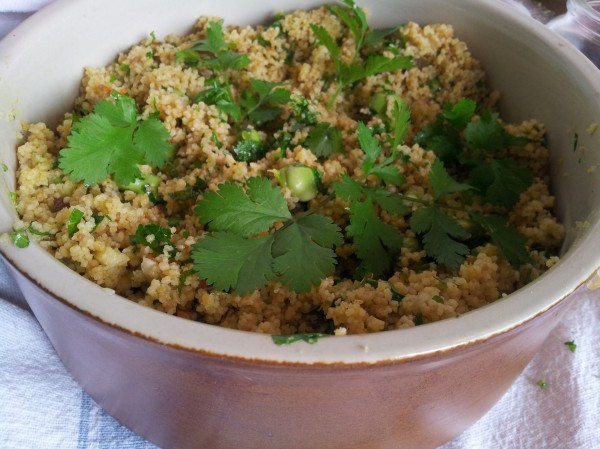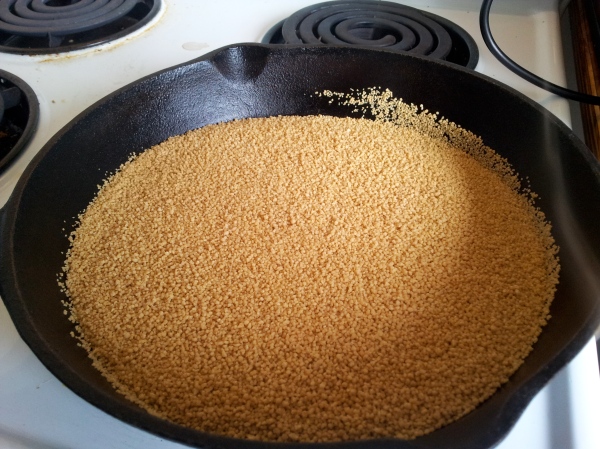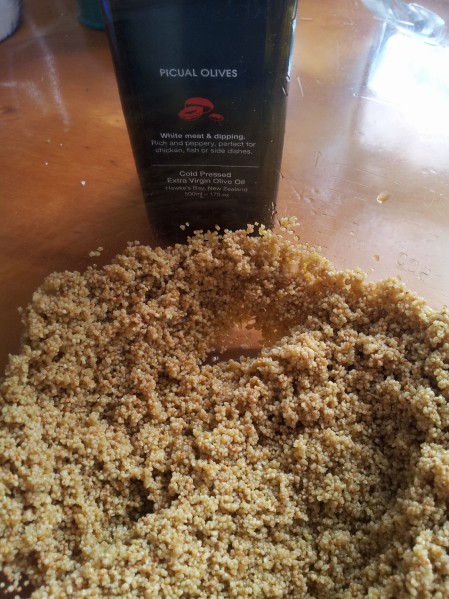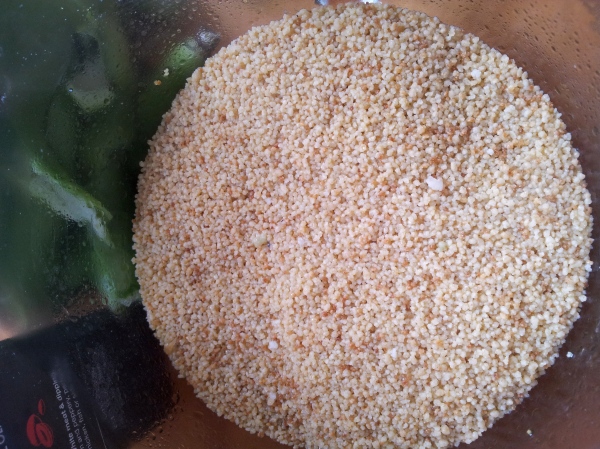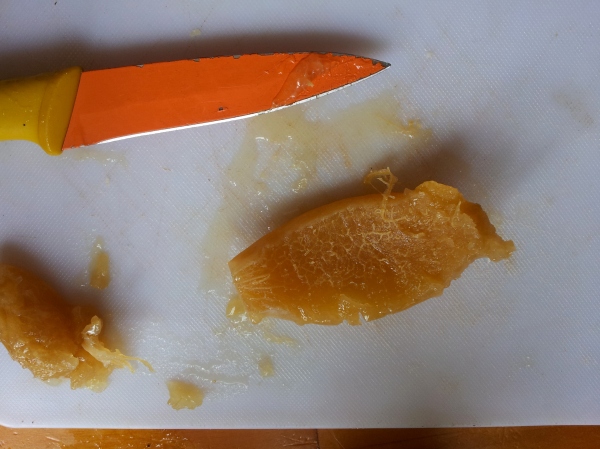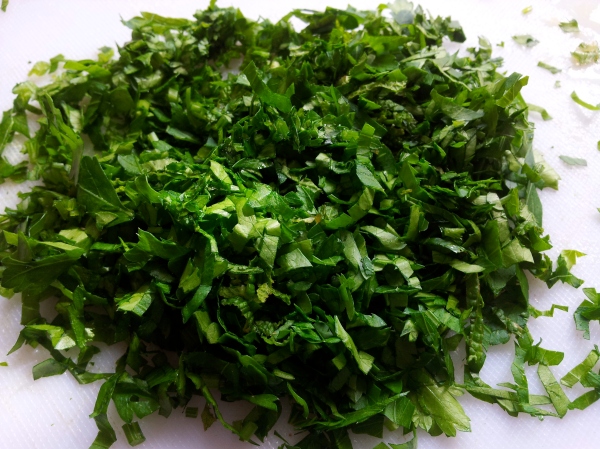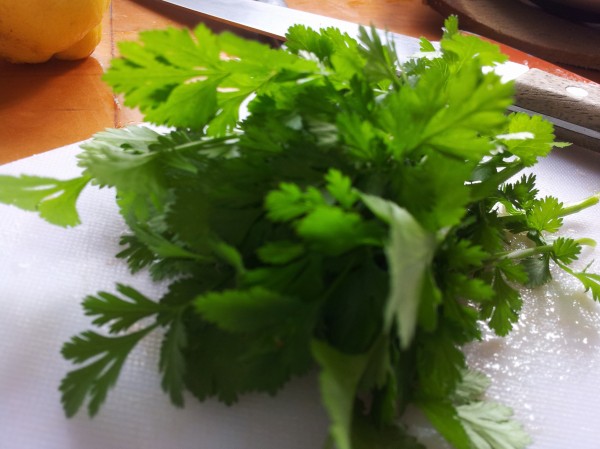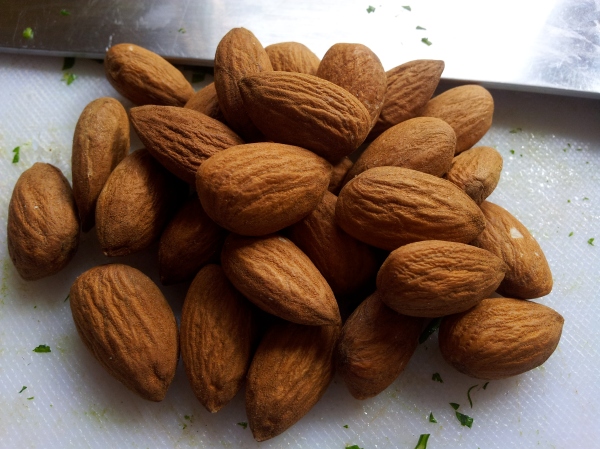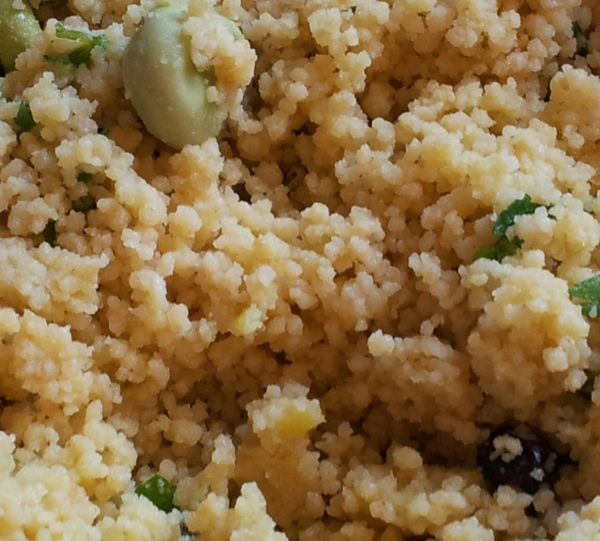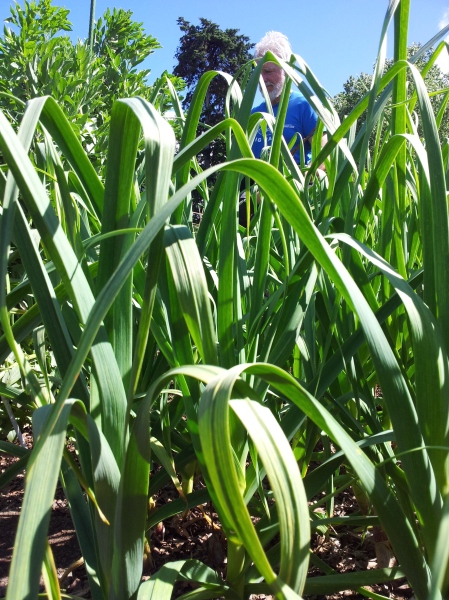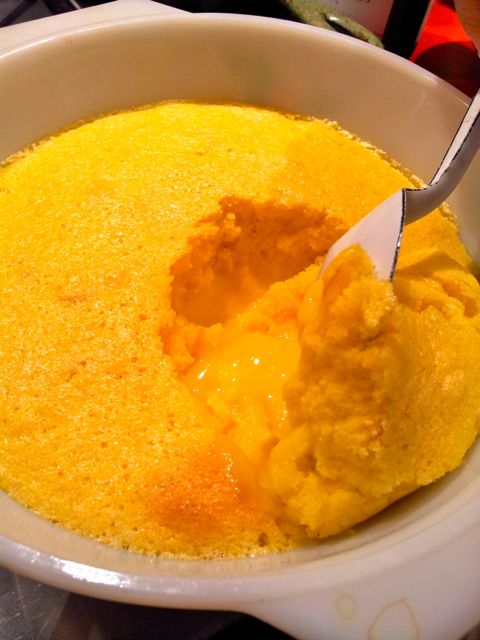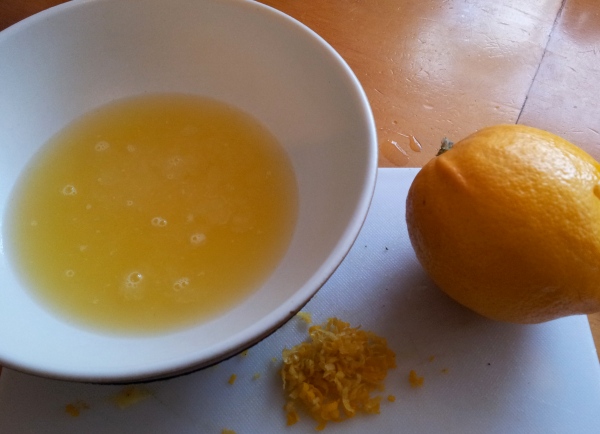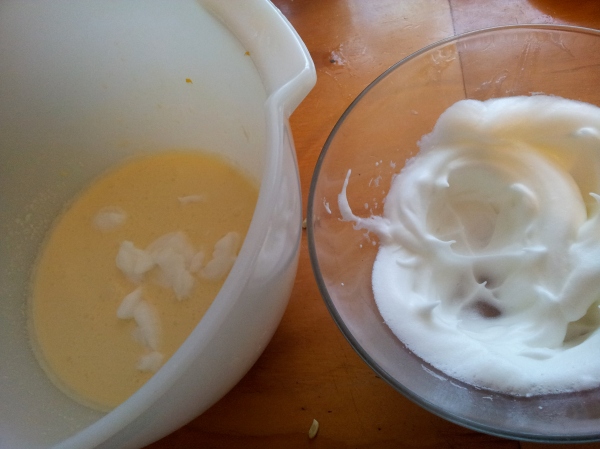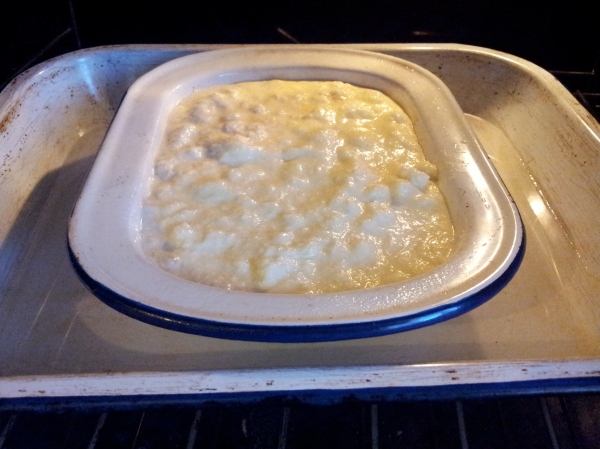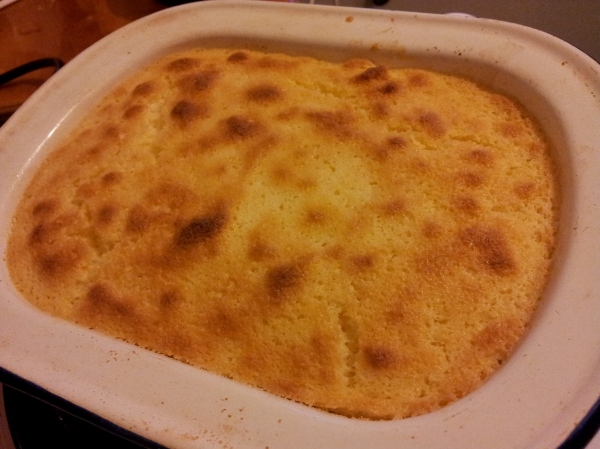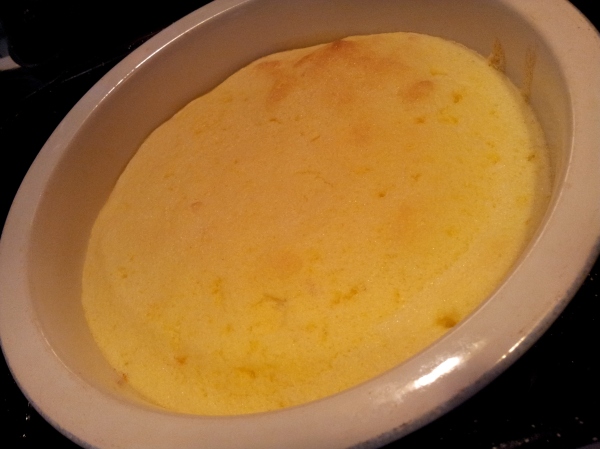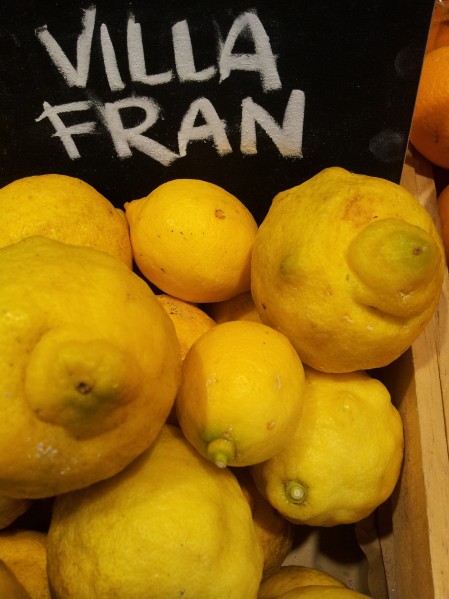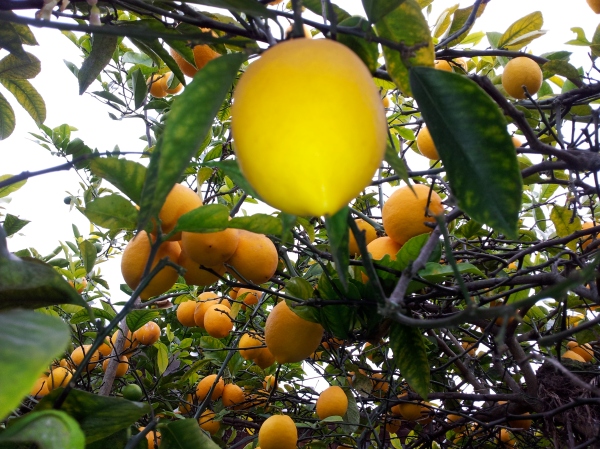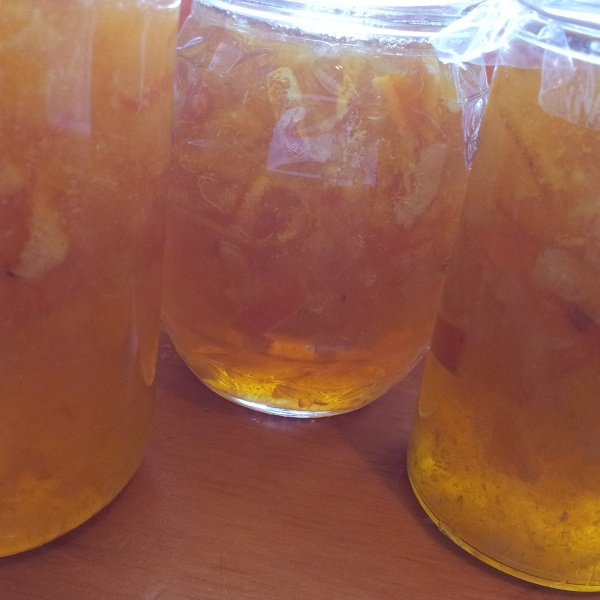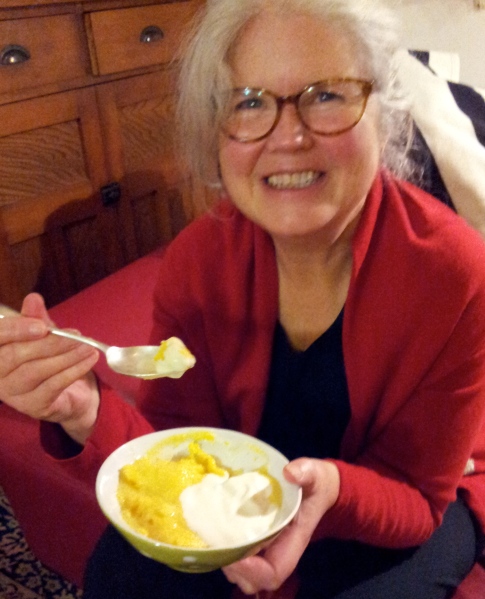It’s a Christmas tradition that isn’t sensible in New Zealand. Why do we choose to make and eat a rich dried-fruit cake in summer? I reckon one of the reasons so many of us have taken to having a mid winter alternative ‘christmas’, in June, is that we can enjoy rich, dark fruit cakes while sitting in front of a roaring fire… or heat pump!!
We all think Christmas Cake recipes are pretty traditional and much the same as our great grandmothers, but are they?
In our house my husband Peter usually makes the Christmas cake – now that’s a tradition I am happy to encourage. The Christmas cake is a big baking number where failure is expensive and long lived. Anyone visiting the house over the holiday period will be offered a piece of this cake. Kudos or embarrassment? The tension about the cake is only relieved on Christmas Eve when keeping to tradition we cut the first slice.
If Peter could choose a favourite Christmas cake recipe then he would say that Charmaine Solomon’s Sri Lankan Christmas Cake from “The Complete Asian Cookbook” is very hard to beat. I have rediscovered the book “The Twelve Cakes of Christmas” and have managed to convince him to make Joan Bishop’s Festive Fruit Cake (No. 12 in the book). It’s a modern take on the Christmas cake that promises to be healthier and perhaps a lighter option for a summer Christmas. As usual we have thrown caution to the wind and have decided to use part of another recipe, Christmas or Wedding Cake (No 5 in the book) first published in 1951. This recipe starts with whole spices cinnamon stick, mace blades and nutmeg and are freshly ground and soaked in brandy “producing a delightful mellow taste“. Peter also suggested he use more brandy so we did.
“The Twelve Cakes of Christmas” gives you more than 12 cake recipes. Helen Leach, Mary Browne and Raelene Inglis have researched 828 Christmas cake recipes from a variety of sources including 158 community fundraising cookbooks that span from 1900 to 2000. Why you ask! They wanted to find out if any of the major ingredients varied over the century and what social and economic factors could be affecting the changes. I will scatter their findings through the recipe in Christmas green starting with…
Christmas cakes have become progressively smaller through the century. Cakes were heavier over the troubled times of the Depression and two World Wars than later in the century. This decrease in size corresponds with the decrease in family sizes.
Festive Fruit Cake (with additions)
(Preheat the oven to 150C)
1 kg mixed dried fruit,
100 g crystallised ginger
100g dried apricots (preferably from Central Otago), chopped
90g dates, chopped
90g pitted prunes, chopped
zest of one orange
2 eggs, size 7
150g dark brown sugar (we used Panela or Muscovado sugar)
300g bread flour (strong or high grade flour)
1/2 tsp baking powder
150ml whisky, brandy or dry sherry (plus extra to feed the cooked cake)
200ml freshly squeezed orange juice – 3-4 oranges (we used tangelos)
1 Tbsp treacle, warmed
200g whole unskilled almond or Brazil nuts cut into halves or quarters plus extra almonds for decoration
1 1/2 tsp of freshly ground mace blades
1 1/2 tsp freshly ground cinnamon from a stick of cinnamon
1 freshly grated whole nutmeg
Grind the spices.
Add the spices to the brandy (or chosen alcohol) and mix through the dried fruit, ginger and apricots. Stand overnight covered.
There was a change in the main ingredient proportions. We are making our cakes a lot fruitier these days.
The most popular dried fruit in 20th century Christmas cakes were sultanas closely followed by currants and raisins.
The next day put the dates, pitted prunes, orange zest and orange juice into a pot and cook until softened. Puree with a stick mixer or by just beating with a wooden spoon until it turns into puree. This puree replaces butter in the recipe.
Good news is that there has been a fall in saturated fats and halving in sugar…but then the natural sugars in the increased dried fruit has nullified this decrease.
Ideally in a mixer beat the eggs and sugar until light and fluffy. Add the treacle and mix again. Add the fruit puree to this mix. Mix the soaked dried fruit and spices into this mix.
Sift the flour and baking powder into a large bowl and add the fruit mix along with the chopped almonds or brazil nuts.
There has been a steady decline in the amount of flour being used since the 1920’s and this is due to the increased dried fruit that needs less flour to stick together.
Now it’s ready to go into the tin that has been duly prepared as outlined below.
In 1900 91% of recipes contained citrus peel and this has steadily reduced to only 39% of recipes contained peel in 1999.
Place into an oven preheated to 150C and cook for up to 2 1/2 hours. Opt for traditional bake rather than fan bake if you have that option. If you only have fan bake then reduce the temperature to 140C and check the cake 20 minutes earlier than standard bake. Place just below half way in the oven to avoid the top getting too overcooked. At about 2 hours test the cake with a skewer to see if cooked in the centre. Other tests are that it suddenly smells cooked and that it starts to shrink from the sides of the tin.
In the recipe it suggested placing the almonds to decorate before putting in the oven but another recipe said to do this one hour before the end. I decided to try for the latter so that the almonds wouldn’t get too overcooked. This is unnecessary if you are planning to ice the cake. In our case I wanted the almonds on top because Peter had omitted putting the nuts into the mix, so this definitely made me decide that we would use almonds instead of icing.
The use of nuts in Christmas cakes have increased since 1985 because of increased availability from imports and New Zealand grown walnuts and hazelnuts coming onto the market.
Perhaps I should have added the almonds a little earlier because by the time I tried to place them on the top of the cake, the cake had developed a stiff surface and they wouldn’t stick!! This crisis was averted after the cake was cooked by heating up about 3 tablespoons of Marmalade Jelly (any jam jelly will do) and painting this over and under all the loose fitting almonds. It certainly gives the cake the attractive gloss. You can also add fruit at this stage.
Preparing the tin…
Peter being a seasoned Christmas cake maker knows the importance of lots of layers of paper. The Sri Lankan Christmas cake recipe has about 12 layers of paper but that is because the cake is larger and is in the oven for much longer. The reason to line with extra paper is to protect the edges and bottom of the cake from drying out too much and becoming hard.
The recipe called for a 20cm square cake tin (I always remember our Christmas cakes being square rather than round) or a 22cm round tin. I only had a 20cm round so I knew the cake may take slightly longer to cook through and could need a little more height so we kept the paper barrier higher than the tin just in case.
The top photograph shows two layers of brown paper (Peter used a large tick paper bag). Cut circles slightly larger than the base of the tin. Place the 2 bases into the tin and run your fingers along the inside edge of the tin. A small paper return should go up the side of the tin. Next cut a long strip of brown paper and and fold in half lengthwise and arrange around the tin. The small return will hold it in place. Make that outside ring about 5cm higher than the actual tin. This makes it easy to rest a foil hat on the cake should it be browning too much on the top in the later stages of cooking.
Most Christmas cakes are iced and Joan’s original recipe suggested almond icing followed by royal icing. My favourite Christmas icing is butter brandy icing but I thought why go to all the trouble of creating a healthier cake and then spread all that sugar over it (delicious as the icing can be).
Pound cake type Christmas cakes make up 80% of 20th century Christmas cakes. (The pound cake has been around since the 18th century and generally has equal measures of butter, sugar, eggs and flour).
To my surprise I discovered Christmas cakes as we know them have only come into existence during the reign of Queen Victoria in the mid 1800’s. Other Christmas Day traditions were introduced at the same time including gift giving on Christmas Day, Christmas trees were introduced by Queen Victoria’s German husband Albert, people began to send Christmas cards and light candles.
Before Christmas cakes there were Twelfth cakes that were cut on the 12th day after Christmas (6th January).
The type of cake (a fruit cake) that became the Christmas cake we recognise today came out of bridal cakes that were fruit cakes with intricate icing.
If you want a holiday from baking a Christmas cake or just prefer to buy then I suggest sourcing your cake from a cafe or deli where the cakes will taste like a homemade cake. I was particularly impressed with the painted Pohutukawa on this cake on sale at Foxtrot Parlour cafe in Ponsonby.
In countries all over the world red and green plants are used as symbols for Christmas. In Mexico the Poinsettia Euphorbia pulcherrima is a favourite as it is said to represent the Star of Bethlehem. The Pohutukawa Metrosideros excelsa has been widely embraced as New Zealand’s Christmas tree as it is usually in full bloom at Christmas time.

We shall have to see if the Festive Cake will become tradition in our household. But from the research in “The Twelve Cakes of Christmas” recipes keep evolving. They counted the common recipes in New Zealand’s oldest and most used Edmonds Cookbook comparing the 1910 edition with the 1955 edition and found only 11 recipes were the same. And look at the way we have changed Joan’s recipe – we used the spices from another recipe, more brandy and heated jelly marmalade to stick the almonds on top. Let’s hope the changes work. With so many recipes to choose from in “The Twelve Cakes of Christmas” I think there is a high probability that we will be trying a different recipe next year.
So with the different symbols of Christmas – almonds, artificial holly, red and green Christmas ribbon, a Christmas card from my niece Jessie in Australia and a big bowl of what are to me the ultimate summer Christmas flowers Sweet Peas – here’s wishing you all a very happy and peaceful Christmas and holidays wherever you live.
Please note that Jeannie's Kitchen blog has a new address: www.Jeannieskitchen.me


